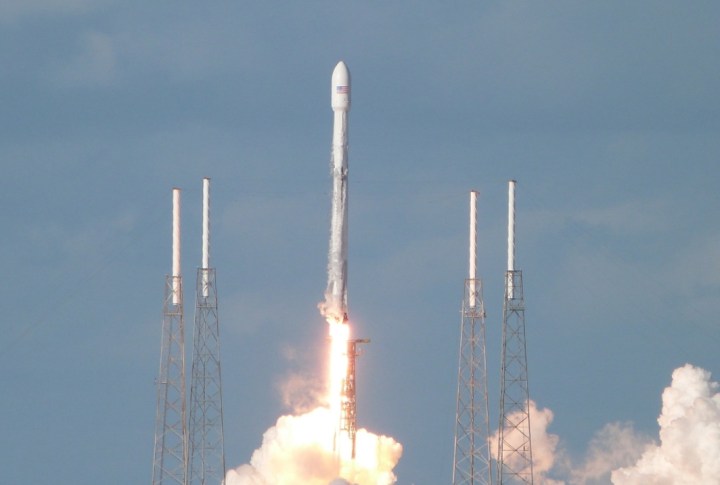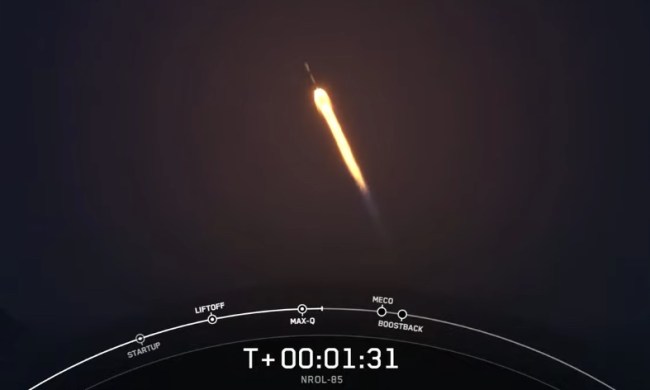
On January 31, a reused SpaceX Falcon 9 rocket sent Luxembourg’s GovSat-1 into orbit, and there was no planned landing and recovery of the older-model booster. As the rocket was going to be scrapped anyway, the company decided to use it to test a new technique for a more fuel-efficient landing. Rather than send out one of its landing ships, SpaceX simply “landed” the booster on the surface of the water.
SpaceX obviously didn’t expect the booster to remain intact, but it did. “Amazingly it has survived,” Musk tweeted. “We will try to tow it back to shore.”
This rocket was meant to test very high retrothrust landing in water so it didn’t hurt the droneship, but amazingly it has survived. We will try to tow it back to shore. pic.twitter.com/hipmgdnq16
— Elon Musk (@elonmusk) January 31, 2018
Towing it to shore is not as easy as tossing a rope around the tail fin, however. AmericaSpace called the floating booster a potential “ticking time bomb,” especially if the onboard circuitry was damaged during the splashdown and didn’t allow high-pressure areas to safely vent.
Several anonymous sources then confirmed to the website that the U.S. Air Force had carried out an air strike to destroy the floating booster. Other sites picked up the story and ran with it, despite no official confirmation from SpaceX or the U.S. military.
After repeated requests for comment, SpaceX finally confirmed that, although the Air Force was initially considered to dispose of the hazardous booster via an air strike, eventually a commercial demolition company was contracted to destroy it.
“While the Falcon 9 first stage for the GovSat-1 mission was expendable, it initially survived splashdown in the Atlantic Ocean,” SpaceX said in a statement. “However, the stage broke apart before we could complete an unplanned effort to recover the booster. Reports that the Air Force was involved in SpaceX’s recovery efforts are categorically false.”
It’s unclear whether SpaceX had planned for this contingency, and no further details were available about how the booster was destroyed or what company was hired to break it apart and sink it.
SpaceX will conduct another launch for the same satellite company later this year, with the SES-12 satellite scheduled for liftoff atop a Falcon 9 in April.


